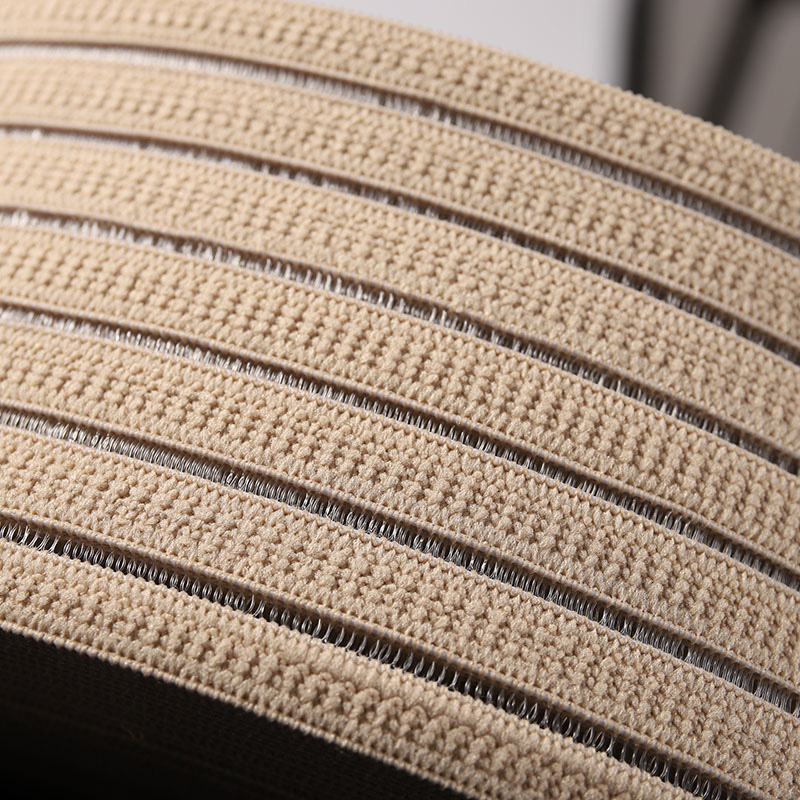Industry
 By Admin
By Admin
Common Types Of Webbing And Their Everyday Applications
Webbing is a versatile textile often woven from strong fibers such as polyester, nylon, or cotton, and it is found in countless products we use daily. While it may seem like a small component, webbing plays a significant role in durability, comfort, and function. From fashion accessories to home furnishings, the variety of webbing types ensures that different needs are met. Some webbing is rigid and designed to hold shape, while others are flexible, like elastic options, which are favored for their ability to stretch and recover.

One familiar example is the use of elastic securing straps in outdoor gear and travel accessories. These straps are designed to hold objects firmly without causing damage, thanks to their ability to flex. They are commonly used to bundle camping equipment, secure luggage on transport racks, or organize cords and hoses in a workshop. Because elastic securing straps adjust to the size of the item, they provide a dependable hold even when the load changes slightly in shape.
In the fashion world, the elastic strap for clothes has become a quiet yet essential element. This type of webbing appears in waistbands, shoulder straps, and cuffs, offering both support and comfort. Designers often choose an elastic strap for clothes when they need flexibility and adaptability in a garment. For example, activewear and casual trousers often rely on such straps to fit various body shapes without feeling restrictive. It also appears in adjustable dresses and skirts, where its stretch helps the garment drape naturally.
For the home, one surprisingly important use of elastic webbing is in bedding. The elastic suspenders for sheets are a clever solution to keep fitted sheets in place. Many people know the frustration of sheets that slip off during the night, and this simple webbing accessory solves the problem. By stretching beneath the mattress, elastic suspenders for sheets grip the fabric tightly without tearing or overstretching it. Their adjustability means they can be used on different bed sizes, from single beds to large family mattresses.
In furniture and upholstery, woven webbing is used to provide seating support. Traditional jute or synthetic webbing is often found underneath chairs and sofas, offering a firm base for cushions. Some modern designs incorporate elastic webbing to create a slightly more forgiving seat. This is where the qualities of elastic securing straps overlap with home furniture design—flexibility combined with tension allows comfort while maintaining structure.
Sports equipment also benefits from the stretch properties of webbing. Gym bags and yoga mats often include an elastic strap for clothes-style attachment to hold items in place. The adjustability of these straps means they can fit different sizes of rolled mats, jackets, or training gear. Similarly, cyclists may use elastic securing straps to hold water bottles or spare clothing to their bikes without worrying about loose items shifting during a ride.
In the travel and storage category, elastic suspenders for sheets have even found unconventional uses. Some people repurpose them to keep picnic blankets from unrolling or to hold protective covers over outdoor furniture. The simple clip-and-stretch mechanism makes them handy in situations beyond the bedroom. Because elastic suspenders for sheets are light and compact, they are easy to pack in a travel bag or keep in a car for quick fixes.
Webbing also has an aesthetic side. Patterned elastic types, like those used in belts or fashion accessories, combine visual appeal with function. An elastic strap for clothes can be woven with decorative designs, giving a garment a unique touch while maintaining its practical stretch. In similar fashion, elastic securing straps for bags may be dyed in bright colors or printed patterns, blending style with utility.
Everyday applications of webbing highlight its adaptability. Whether it's holding camping gear together, keeping clothing comfortable, or securing bedding through elastic suspenders for sheets, the right type of webbing can make tasks easier and products more functional. By understanding the differences between rigid and elastic varieties, as well as the many ways they can be applied, one can see how this unassuming material shapes daily convenience in subtle but important ways.



 English
English Español
Español عربى
عربى Tiếng Việt
Tiếng Việt

